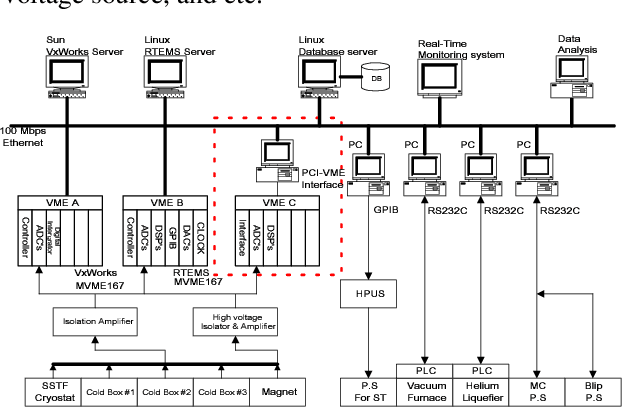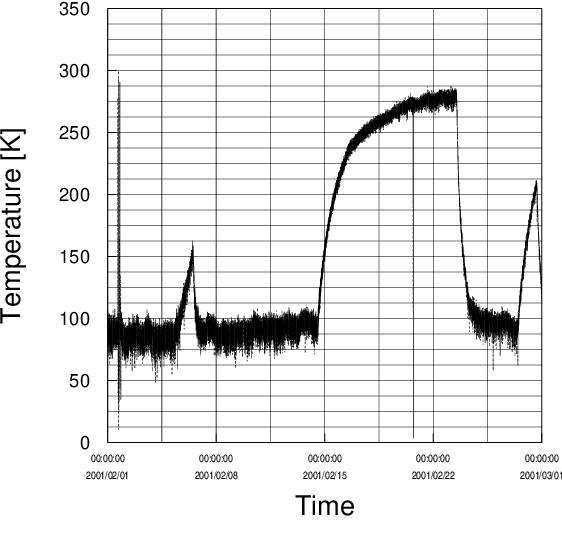M. Kim
AI-assisted Optimization of the ECCE Tracking System at the Electron Ion Collider
May 20, 2022Abstract:The Electron-Ion Collider (EIC) is a cutting-edge accelerator facility that will study the nature of the "glue" that binds the building blocks of the visible matter in the universe. The proposed experiment will be realized at Brookhaven National Laboratory in approximately 10 years from now, with detector design and R&D currently ongoing. Notably, EIC is one of the first large-scale facilities to leverage Artificial Intelligence (AI) already starting from the design and R&D phases. The EIC Comprehensive Chromodynamics Experiment (ECCE) is a consortium that proposed a detector design based on a 1.5T solenoid. The EIC detector proposal review concluded that the ECCE design will serve as the reference design for an EIC detector. Herein we describe a comprehensive optimization of the ECCE tracker using AI. The work required a complex parametrization of the simulated detector system. Our approach dealt with an optimization problem in a multidimensional design space driven by multiple objectives that encode the detector performance, while satisfying several mechanical constraints. We describe our strategy and show results obtained for the ECCE tracking system. The AI-assisted design is agnostic to the simulation framework and can be extended to other sub-detectors or to a system of sub-detectors to further optimize the performance of the EIC detector.
Data Acquisition and Database Management System for Samsung Superconductor Test Facility
Nov 08, 2001

Abstract:In order to fulfill the test requirement of KSTAR (Korea Superconducting Tokamak Advanced Research) superconducting magnet system, a large scale superconducting magnet and conductor test facility, SSTF (Samsung Superconductor Test Facility), has been constructed at Samsung Advanced Institute of Technology. The computer system for SSTF DAC (Data Acquisition and Control) is based on UNIX system and VxWorks is used for the real-time OS of the VME system. EPICS (Experimental Physics and Industrial Control System) is used for the communication between IOC server and client. A database program has been developed for the efficient management of measured data and a Linux workstation with PENTIUM-4 CPU is used for the database server. In this paper, the current status of SSTF DAC system, the database management system and recent test results are presented.
* 3 pages, 3 figures, ICALEPCS 2001
 Add to Chrome
Add to Chrome Add to Firefox
Add to Firefox Add to Edge
Add to Edge